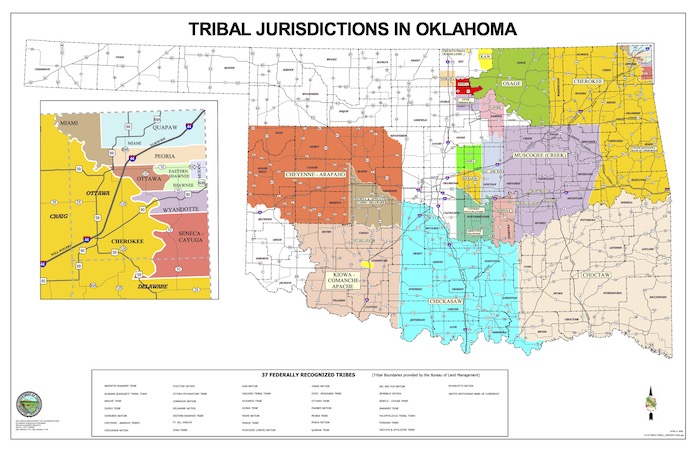
WEN – Future Heavy rainfall and flood risks for Native America under climate and demographic changes: A case study in Oklahoma
Zhi Li, Theresa Wsoodle, Mengye Chen, Shang Gao, Jiaqi Zhang, Yixin Wen, Tiantian Yang, Farina King, Yang Hong
Article first published online: 9 October 2023
DOI: https://doi.org/10.1175/WCAS-D-23-0005.1
ABSTRACT: Climate change has posed inequitable risks to different communities. Among communities of color in the US, Native Americans stand out because (1) they desire resources to sustain resilient nations; and (2) they have developed nature-based solutions through experiences with local climate-related challenges, which can provide deep insight for the whole society. Projection of climate risks for Native Americans is essential to assess future risks and support their climate-ready nations; yet, there has been lack of useable information. In this study, we projected three climate hazards – heavy rainfall, two-year floods, flash floods – for tribal nations in Oklahoma. To break down into tribal jurisdictions, we utilize a coupled regional climate model at 4 km and flash flood forecast model at 1 km. A hazard-exposure-vulnerability risk framework is applied to integrate both climate and demographic changes in a high-emissions scenario. It is found that: (1) indigenous people are the most vulnerable community in Oklahoma; (2) heavy rainfall and two-year floods have marked increases in risks at 501.1% and 632.6%, respectively, while flash floods have a moderate increase (296.4%); (3) Native Americans bear 68.0%, 64.3%, and 64.0% higher risks in heavy rainfall, two-year flooding, and flash flooding than general population in Oklahoma; (3) comparing climate and demographic changes, population growth leads to greater climate hazard risks than climate change; and (4) Emerging Tribal Nations are projected to have 10 times more population, resulting in great exposures to climate extremes. This study can raise awareness of the impact of climate changes, and draw attention to address climate injustice issues for minoritized communities.
Read the full publication in Weather, Climate, and Society.